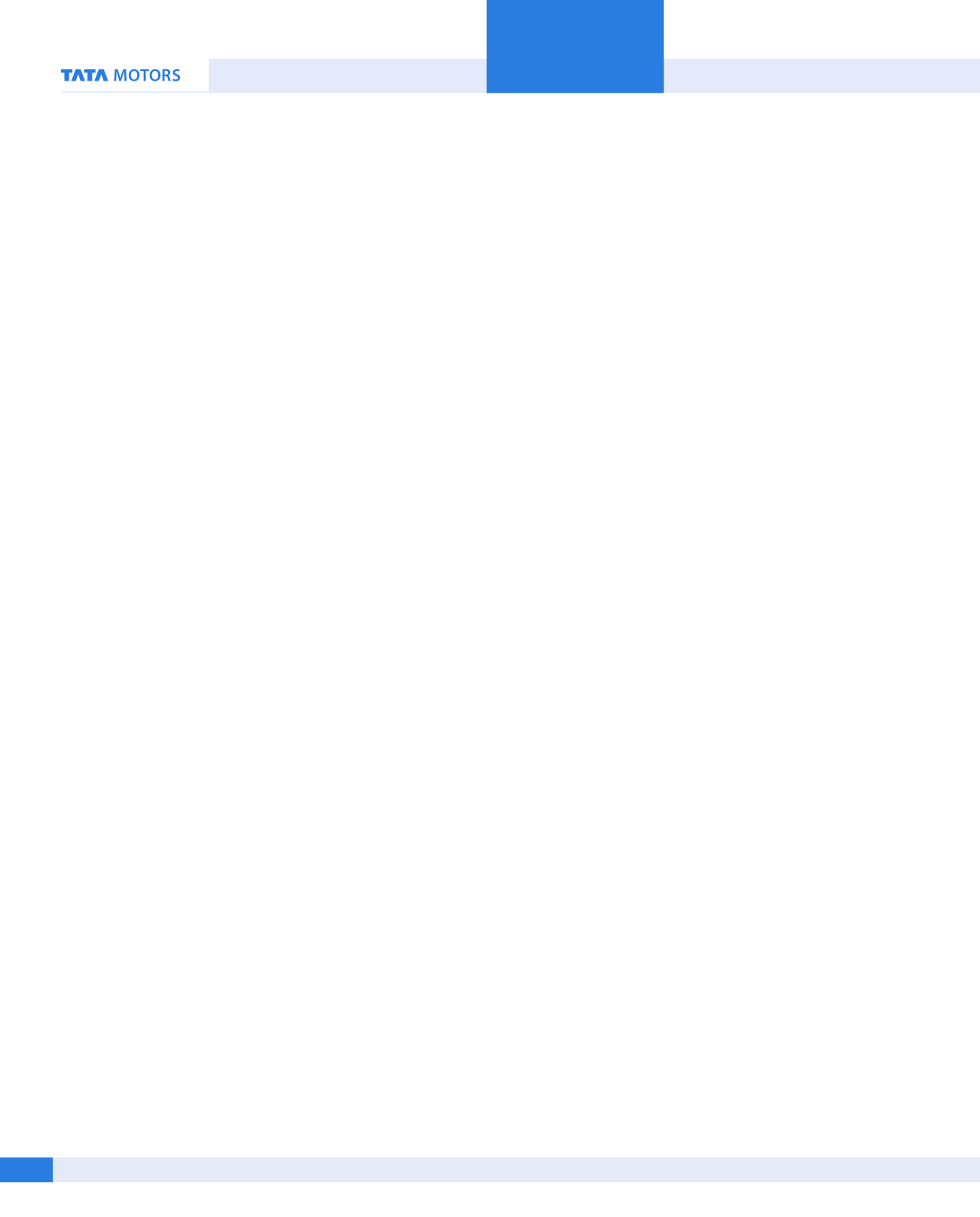

Corporate Overview
Financial Statements
Statutory Reports
118
72nd Annual Report 2016-17
ECONOMY OVERVIEW
INDIA
The Indian economy in Fiscal 2017, on a macro-economic level
stayed fairly robust and stable. India was one of the faster growing
large economies in the world, with a currency that performed better
than most other emerging markets. There was a significant upturn
in commodity prices after a year of deflation. Consumer spending
remained subdued during the early part of the year impacted by
two years of drought. This year was marked by the way for the long
awaited and transformational Goods and Services Tax (GST).
Fiscal 2017 was an eventful year for automobile sector due to: i) Ban
on diesel cars, ii) Demonetization, iii) Ban on sale and registration of
BSIII vehicles. The demonetization affected the Indian economy, which
resulted in decline in sale of passenger and commercial vehicles by
2.3% in December 2016. Further, ban on sale and registration of
BSIII vehicles has resulted in higher discounts by the automobile
companies at the end of Fiscal 2017 and inventories to be either
converted into BSIV vehicles or scrapped, affecting the profits.
As per the advance estimates, in Fiscal 2017, India’s GDP increased
by 7.1%, as compared to an increase of 7.9% in Fiscal 2016 (based on
second advanced estimate data from the Ministry of Statistics and
Programme Implementation). Agriculture sector registered a 4.4%
growth in Fiscal 2017 as compared to 0.8% in Fiscal 2016. According
to the new base year (2011-12), the Index of Industrial Production (IIP)
recorded 5.0% growth in Fiscal 2017, as compared to 3.4% in Fiscal
2016. Significant factors influencing IIP growth in Fiscal 2017 included
a 4.9% increase in the manufacturing sector, compared to 3.0% in
Fiscal 2016, which was due to a better performance of sectors like
motor vehicles, other transport equipment and pharmaceuticals. The
IIP of the mining & quarrying sector increased by 5.3%, compared
to 4.3% in Fiscal 2016, and electricity services recorded moderate
increase of 5.8% in Fiscal 2017, as compared to 5.7% in Fiscal 2016.
The consumer durables sector grew by 6.1% in Fiscal 2017, as
compared to 4.3% in Fiscal 2016. (Source: Ministry of Statistics and
Program Implementation).
However, real GDP growth was lower than Fiscal 2016. Nominal GDP
growth recovered to respectable levels, reversing the sharp and
worrisome dip that had occurred. The Consumer Price Index (CPI)-
New Series inflation, displayed a downward trend since July 2016. The
rising international oil prices resulted in reversal of WPI. Core inflation,
however, was more stable. The current account deficit declined in
the first half of Fiscal 2017. The trade deficit declined for majority of
period. During the first half of the fiscal, there was a contraction in
MANAGEMENTDISCUSSIONANDANALYSIS
imports, which was far steeper than the fall in exports but during
later half both exports and imports started a long-awaited recovery.
WORLD
The below par performance of global economy was reflected in
a continued slowdown in growth in most of the emerging and
developing markets. Activity rebounded strongly in the United States
in second half of 2016 after a weak first half. However, output remained
below potential in a number of other advanced economies, notable
in the euro area. The picture for emerging market and developing
economies remained much more diverse. The growth rate in China
was a bit stronger than expected, supported by continued policy
stimulus. However, activity was weaker than expected in some Latin
American countries such as Brazil. Activity in Russia was slightly better
than expected, in part reflecting firmer oil prices.
During 2016, prices of base metals have also strengthened, with
strong infrastructure and real estate investment in China as well as
expectations of fiscal easing in the US. Oil prices increased later half
of 2016, reflecting an agreement among major producers to trim
supply.
The UK secured its seventh consecutive year of growth since the
recession, and have been the fastest growing of the group of seven
leading industrial economies in 2016. Sterling suffered two sharp
devaluations this year — immediately after the EU referendum in
June and in October as statements made at the Conservative party
conference stoked fears of a “hard Brexit”. The Eurozone had marginal
GDP growth in 2016; however, rising inflation poses a risk on growth
and may reduce consumer spending. France and Spain had better
prospects with GDP growing at decent rates, while Germany and
Italy showed no change with GDP growth rates same as last year.
The GDP for China showed a steady performance. The real estate
sector has seen an increased investment by government. The
Consumer Price Index increased in 2016. Russia’s GDP grew as
it continues to recover form crisis brought by low oil prices and
western sanctions that closed access to international market. Its
inflation is on track to reach projected target of CBR (Central Bank
of Russia).
Japan’s economic growth is on back of weaker Yen and government
steps to stimulate sluggish completion, the GDP grew in 2016
and unemployment rate declined. South Africa had GDP increase,
mainly due to marginally higher global growth, Stabilized
commodity prize, Business and Consumer confidence and Improved
Labor Relations.


















